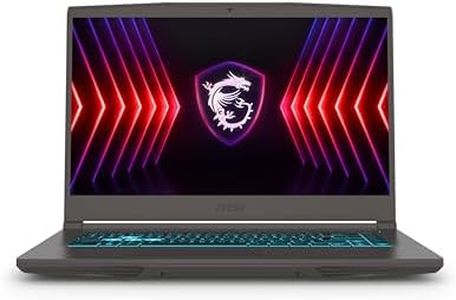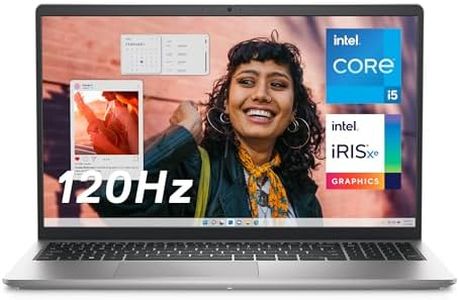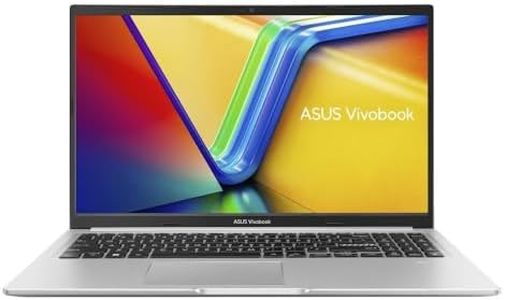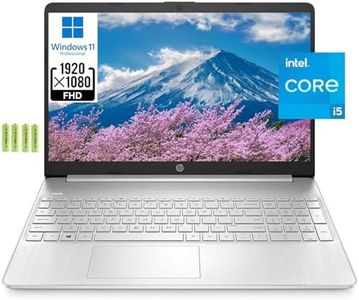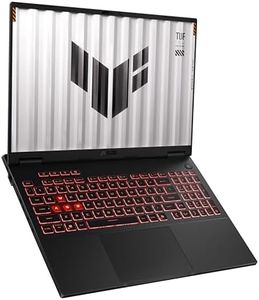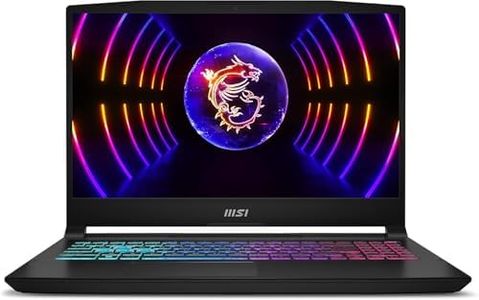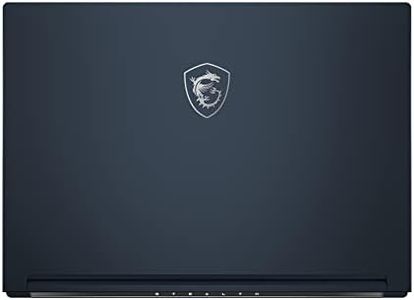We Use CookiesWe use cookies to enhance the security, performance,
functionality and for analytical and promotional activities. By continuing to browse this site you
are agreeing to our privacy policy
10 Best Laptops For Video Editing
From leading brands and best sellers available on the web.Buying Guide for the Best Laptops For Video Editing
Choosing a laptop for video editing requires focusing on the hardware that can handle demanding software and large video files smoothly. Since video editing tasks use a lot of computer resources, you should look for a machine that offers high performance, reliability, and practical features suited to your specific editing needs. Before picking, think about the types of videos you edit (full HD, 4K, etc.), your typical workflow, portability needs, and whether you work with color-sensitive content. Matching your real-world editing requirements to the laptop’s specifications is key for a satisfying experience.Processor (CPU)The processor is the heart of your laptop and determines how quickly it can handle video editing tasks such as rendering, exporting, and previewing edits. For video editing, a powerful multi-core processor makes a significant difference because it can process complex operations faster. Processors are generally divided into mid-range (4-6 cores), high-end (6-8 cores), and enthusiast-level (8+ cores or professional workstations). If you mostly edit short or simple videos, a mid-range processor could be adequate, but for working with large files, high resolutions, or professional projects, opt for a high-end CPU so your workflow stays smooth.
Memory (RAM)RAM is your laptop’s short-term memory; it temporarily holds the information your editing software needs while you work. More RAM allows you to run multiple applications at once and handle larger video files and timelines smoothly. For basic HD video editing, 8GB of RAM is the minimum, but for more advanced work or editing 4K and up, 16GB or 32GB is recommended. If you regularly use multiple effects or edit long projects, more RAM helps keep things responsive.
Graphics Card (GPU)The graphics card speeds up tasks related to video effects, color grading, and rendering by taking over some of the heavy work from the processor. Basic laptops use integrated graphics, suitable for very light editing tasks. Dedicated GPUs, which come in mid-range and high-performance levels, deliver far better results for editing high-resolution videos, working with multiple video streams, or using GPU-accelerated features in editing software. Consider a dedicated GPU if you often apply effects or edit in 4K or higher.
Storage (SSD/HDD)Storage affects how quickly your laptop loads files and boots up software. Solid State Drives (SSDs) are much faster than traditional Hard Disk Drives (HDDs), which translates to snappier editing, faster project loading times, and better handling of high-resolution footage. Storage capacity is also crucial; 512GB is the bare minimum for regular video work, but 1TB or more is wise if you handle numerous projects or store big files locally. For speed and reliability, always prefer SSDs for your main storage, with the option to expand using external drives if needed.
Display QualityThe screen is your window to your video project, so its quality impacts your editing accuracy. High resolution (like Full HD or 4K) gives more detail and workspace, while good color accuracy ensures what you create looks right on other screens. Displays typically range from basic (low resolution, standard color) to advanced (high resolution, excellent color coverage, and calibration). If your work is color-sensitive or meant for professional use, prioritize a screen with accurate colors and decent brightness; otherwise, a regular HD screen may suffice for simple projects.
Ports and ConnectivityInput and output ports are essential for connecting cameras, external drives, monitors, or memory cards. Basic laptops have USB and headphone ports, while more advanced ones offer USB-C, Thunderbolt, HDMI, and SD card slots. If you regularly back up media, connect to larger displays, or use external editing devices, make sure your laptop has the right ports. Your specific editing setup should guide which ports are must-haves.
Thermal ManagementVideo editing tasks generate heat, and efficient cooling keeps your laptop running at peak performance, preventing slowdowns or hardware damage. Some laptops have simple fans for light use, while others feature advanced cooling systems with multiple fans and heat pipes. If you edit long videos or use demanding effects, look for a laptop with robust cooling to maintain smooth performance during extended sessions.



